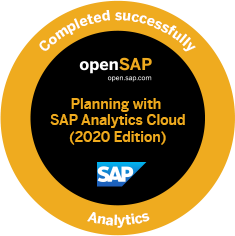Norway introduced SAF-T reporting for corporate entities with a volume of business exceeding NOK 5 million gross, or annual transactions above 600 per annum. If requested by the Tax Authority (Skatteetaten) and for accounting periods from the 1st of January 2020 onwards, these companies are required to provide SAF-T Norway files in XML format.
SAF-T is an electronic exchange XML standard to report business transactional data between companies and external parties such as tax administrations, auditing systems and others.
The standard describes an electronic file format, which defines accounting data to be reported, and its data structure, so that it may be submitted to a Tax Administration or external parties for review.
In Norway, regulatory reporting requires that all businesses with a turnover higher than NOK 5 million, or more than 600 accounting documents per year, are obligated to operate a SAF-T-compliant reporting. In Norway, the SAF-T reporting for Financial data is known as SAF-T Regnskap.
You use the SAF-T for Norway solution to extract data and create SAF-T (Standard Audit File - Taxation) files, compliant with Skatteetaten (Norwegian Tax Administration) regulations. That is, to transform accounting data from your business into a predefined exchange format and prepare it for transfer to external systems, electronically, such as to the systems of legal or tax authorities.
The generation of SAF T – Norway file revolves around four transaction codes as shown below. T. Code: SAFTN_E – extract the requested data for the selected period and from the configured ledger. T. Code: SAFTN_G – generates the XML file from the extracted data. T. Code: SAFTN_D – Delete the extracted data from the application. T. Code: SAFTN_M – SAFTN_M is a display transaction code and provides an overview of extracted data and file.
In order to generate the requested XML file with required format, we need to follow few configuration steps and mapping of SAP data to Norway government codes.
Contact Me to implement the SAP’s SAF T – NO solution.

